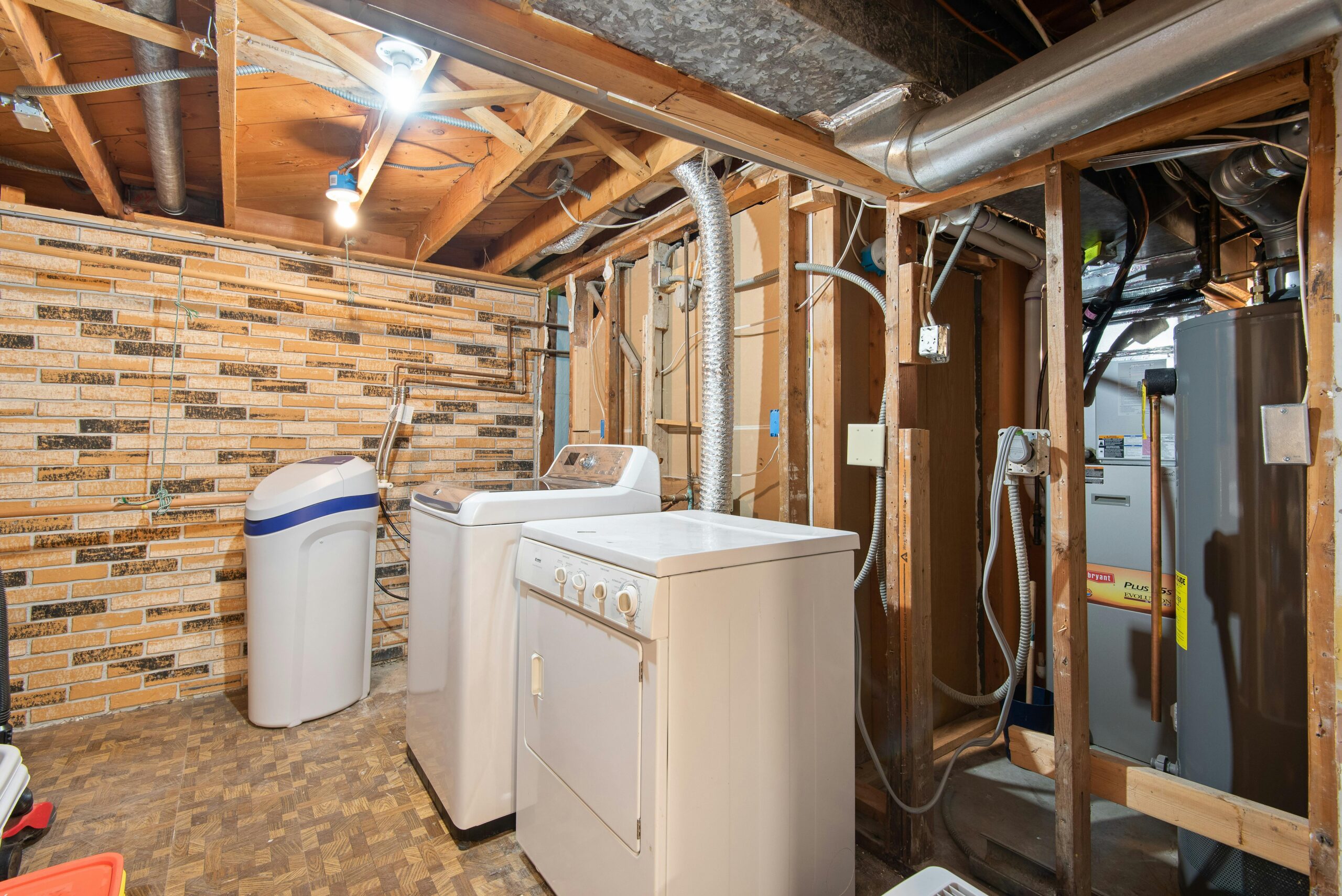Several factors go into deciding the the best way to insulate a crawl space. Some factors are helpful, others can be harmful. Choose the proper methods and realize 15% to 20% in energy savings.
About 15% of homes built have a crawl space. But when looking at home construction regionally, almost half the of homes on the Pacific Coast have a crawl space.
To make your home more energy efficient you should put insulation in your crawl space. But you shouldn’t have just anyone but any kind of insulation in there.
Keep reading to learn about the best way to insulate a crawl space to make it energy efficient.
Best Way to Insulate a Crawl Space
The first thing you need to do is see if your crawl space currently has insulation. If it does, you need a reputable company to remove the insulation.
If you use a less experienced company, they may not seal off your home from the crawl space before starting insulation removal. This will allow debris and dust to enter your home.
You will want the entire crawl space cleared of everything. This includes the old insulation, vapor barrier, and any leftover construction debris. While they are at it, the company you hire should clean out any rodent feces and carcasses.
Seal the Leaks
The biggest problem with home efficiency is leaks. So once your crawl space is clean, any weak points that allow air to leak should be sealed up.
A low expanding foam should be used to ensure there is a complete seal. A quality company will also use a fog with EXPEL. This is a non-toxic and anti-microbial odor neutralizer that will eliminate any harmful bacteria that may be present in your crawl space.
Doing this will help prevent disease-carrying rodents from entering your home in the future.
Add Fresh Insulation
You can’t have just any insulation installed in your crawl space. You need to install the installation with the correct R rating. The higher the R rating, the more thermal resistance the insulation has.
Installation needs to be installed properly though, otherwise, it loses effectiveness. For example, if the insulation gets compressed down, it won’t have its full insulating abilities.
The size of your floor cavities will contribute to determining the proper R-value for your insulation. To maintain an eco-friendly home, your installer should use insulation that uses natural binders and not formaldehyde.
The key to effective installation is to ensure that the entire space gets filled. This may require using twine or wood lathes to hold the insulation in place.
Create a Vapor Barrier
If you have a problem with moisture in your crawl space, then consider installing a vapor barrier. There is a lot of moisture in the soil and when there is no barrier, it can seep up into your crawl space.
This moisture will encourage mold to grow, which can be a health hazard to you and your family. It can also cause structural damage to your home.
Another benefit to using a vapor barrier is that it prevents pests from being attracted to your home. Bugs like stink bugs, termites, rats, and ants love moisture. These pests not only cause damage to your home but also bring disease into your home.
Ask your installer to use at least six-mil polyester string reinforced material. They will use tape to secure it so that it remains in place.
In some instances, your crawl space will need encapsulating. This will have a vapor barrier installed on every surface of the crawl space, so the entire space gets sealed.
Water Mediation and Flood Prevention
If you have a flooding issue in your crawl space, then you will need the liquid pumped out. This isn’t a one-time solution though.
For best results, you should have a sump pump installed with French drains. A trench will be dug around the perimeter of your crawl space and throughout the area.
Drain pipes are then laid in those trenches. All of the pipes will direct the water to flow to a collection basin at the lowest point of the crawl space.
A pump will then move the water from the collection pit to outside of the home to a gutter system. Even a few inches of water sitting in your crawl space can ultimately cause you thousands of dollars of damage to your home.
Finally, a backflow device will prevent water from flowing the wrong direction into your home. When water levels rise due to a storm, the pump will kick on and pump the water rising water levels out from under your home.
Dehumidifier
You may have a moisture problem, but it isn’t as bad as having standing water in your crawl space. In this case, you may find that using a dehumidifier can help remove the moisture.
Consider the size of your crawl space and the climate you live in when choosing your dehumidifier. Using the right unit will ensure that the space maintains a constant temperature and moisture level. This will prevent mold and mildew growth.
Be sure to use a unit with a thermostat to control when the unit to turn on and off. This will allow the unit to run only when needed and not waste energy.
Insulate Your Crawl Space
There you have it! Now you know the best way to insulate a crawl space. If you haven’t had your crawl space inspected, there is no better time than the present to have a professional give you a consultation.
When you have experienced professionals insulate your crawl space, you will notice your home become more energy efficient. This is because the old ineffective insulation is cleared out, leaks are sealed, and new insulation is put into the space.
Contact us today for a free consultation of your crawl space.



